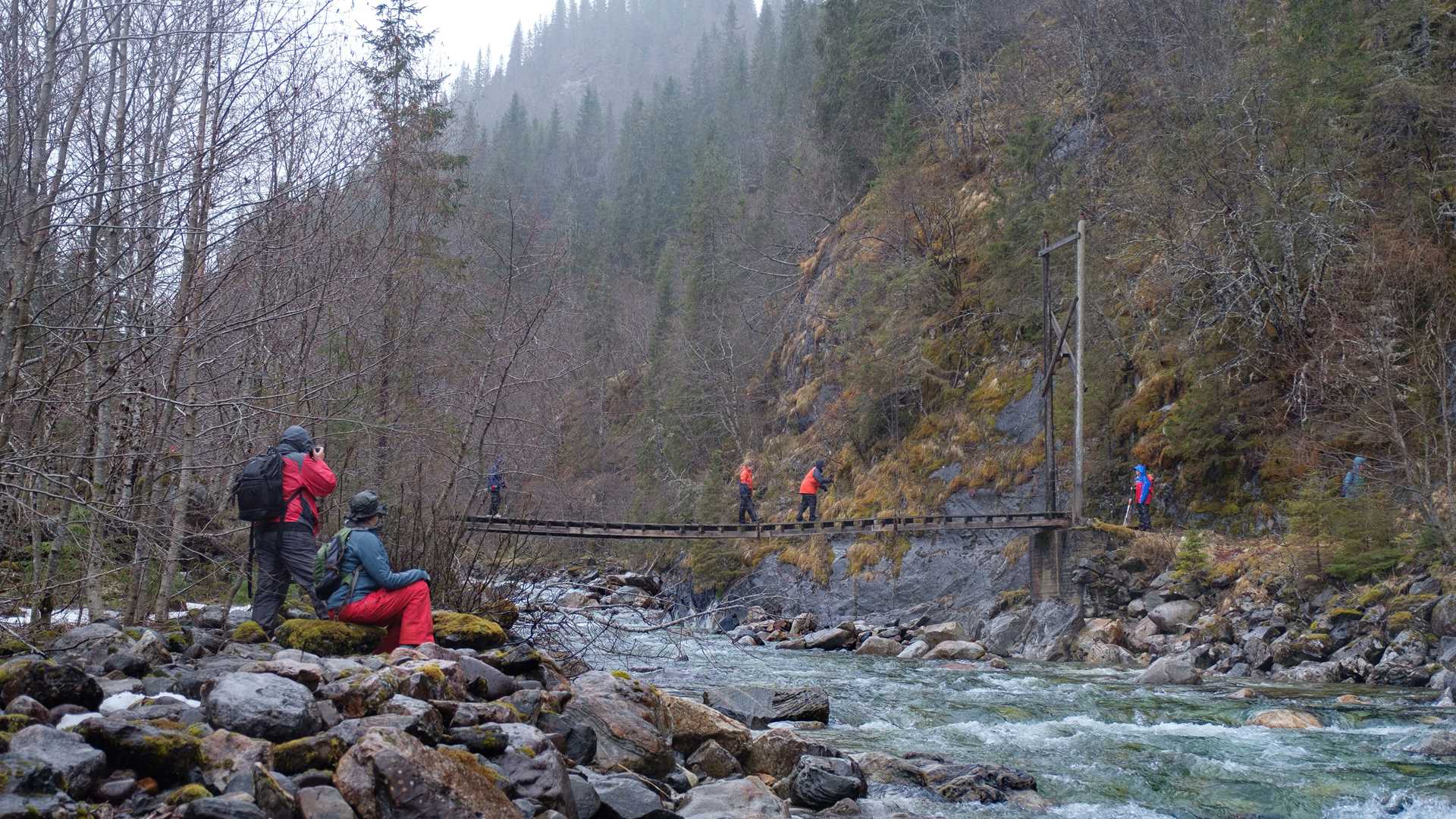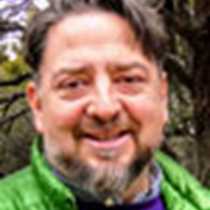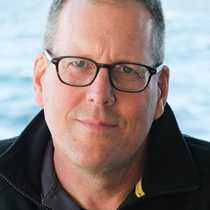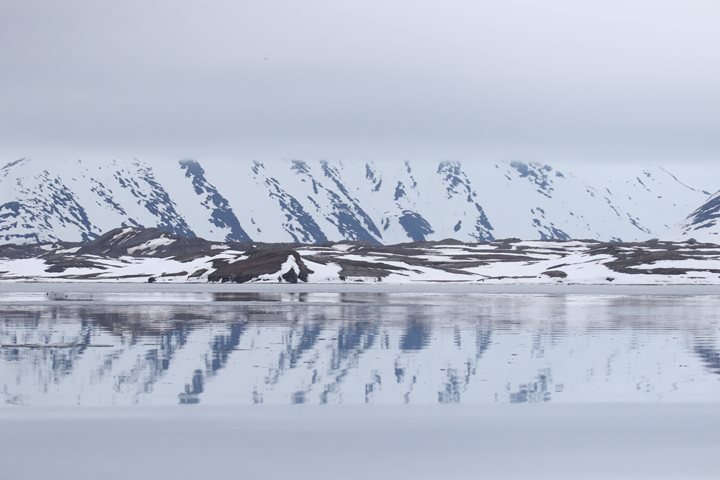New experiences propel curiosity to exploration, and the wonder of the world surrounding us is bringing the members of our expedition party towards a more unified understanding of the interconnectedness of the world, and the respective roles we each play in this story.
The morning’s light rain gave hope there might be a weather reprieve and multiple options in the 425 square-mile Lomsdal-Visten National Park were offered to expedition members, including a series of hikes with varied degrees of challenge, as well as a zodiac cruises to explore and photograph the majesty of the fjord rising towards the darkened sky above us.
While the weather did not relent and boots were dampened, spirits were not; hiking parties enjoyed extended good light for photography and the satisfaction of a 4-mile round trip hike along a trail at a 20 to 30-degree pitch, with the party proceeding to the rhythm of good conversation, unrelenting precipitation, and increasing winds. Naturalists spotted blueberries and crowberries coming into season as well as evidence of a healthy moose population in the park.
With anchors up and boots set aside to dry, we enjoyed smooth seas to Vega Island, nestled in an archipelago of the same name. The archipelago is a World Heritage Landscape and the realm of the eider duck. On the Island, expedition members chose from several options to explore the local community’s heritage and people.
Ducks indicate that shallow tidal pools and wetlands will be found, inspiring our birders to check out some of the loaner lenses that are available on the National Geographic Explorer, and join a long hike to expand their photography skills and add to their life-lists. A variety of birds were spotted along the foot-journey including the common eider duck, shelducks, whimbrel, magpies, fieldfares, and a white tail eagle.
A different option in the afternoon saw expedition members hiking to a pasture on a peninsula local sheep call home, and relishing the joy of two-week old lambs enjoying frolic in the greening pasture. Purple saxifrage was flowering, and the pasture was experiencing “glacial rebound,” a geologic process where the land below huge ice sheets rises once the ice has melted, releasing the compression from the mass of ice once above.
Other expedition members stayed closer to the village, enjoying a visit to the World Heritage Centre and E-huset, a small museum dedicated to the eider down process. Both of these sites are located in a small community of buildings of traditional Norwegian architectural design, providing visitors with a connection and sense of place through an historical lens.
To round out the experience, expedition members gained an authentic peek into the 1000-year history the islanders have gathering seaweed, drying it, and using it for insulation and economic purposes.
For early settlers, the seaweed provided a layer of insulation on the floor of small driftwood and stone shelters. Over time, these settlers learned how to use the seaweed to build nests for the coveted eider ducks, where the human presence could also help protect the ducks from natural predators. In this cooperative relationship, the residents collected up to half of the eggs for the own sustenance; and, once chicks were gone from the nest, they would collect the eider for warmth and as an income supplement. Today, approximately 3,000 coveted eider-down duvet covers are produced from the eider down from Vega Island and a few other circumpolar locations where the eider ducks are found.
In addition to the nests for the eider ducks, seaweed has an additionally recognized benefit for humans: gastronomy. With the variety of vitamin and mineral properties, seaweed serves as a delicious and healthy food option. Expedition members participated in a hands-on cooking class, where we learned about the benefits of harvesting, drying, and cooking with seaweed.
This evening the sunset is beautiful and we are pressing forward to Nordfjord and Melfjord with bouldering, hiking and zodiacs excursions just over the horizon.









